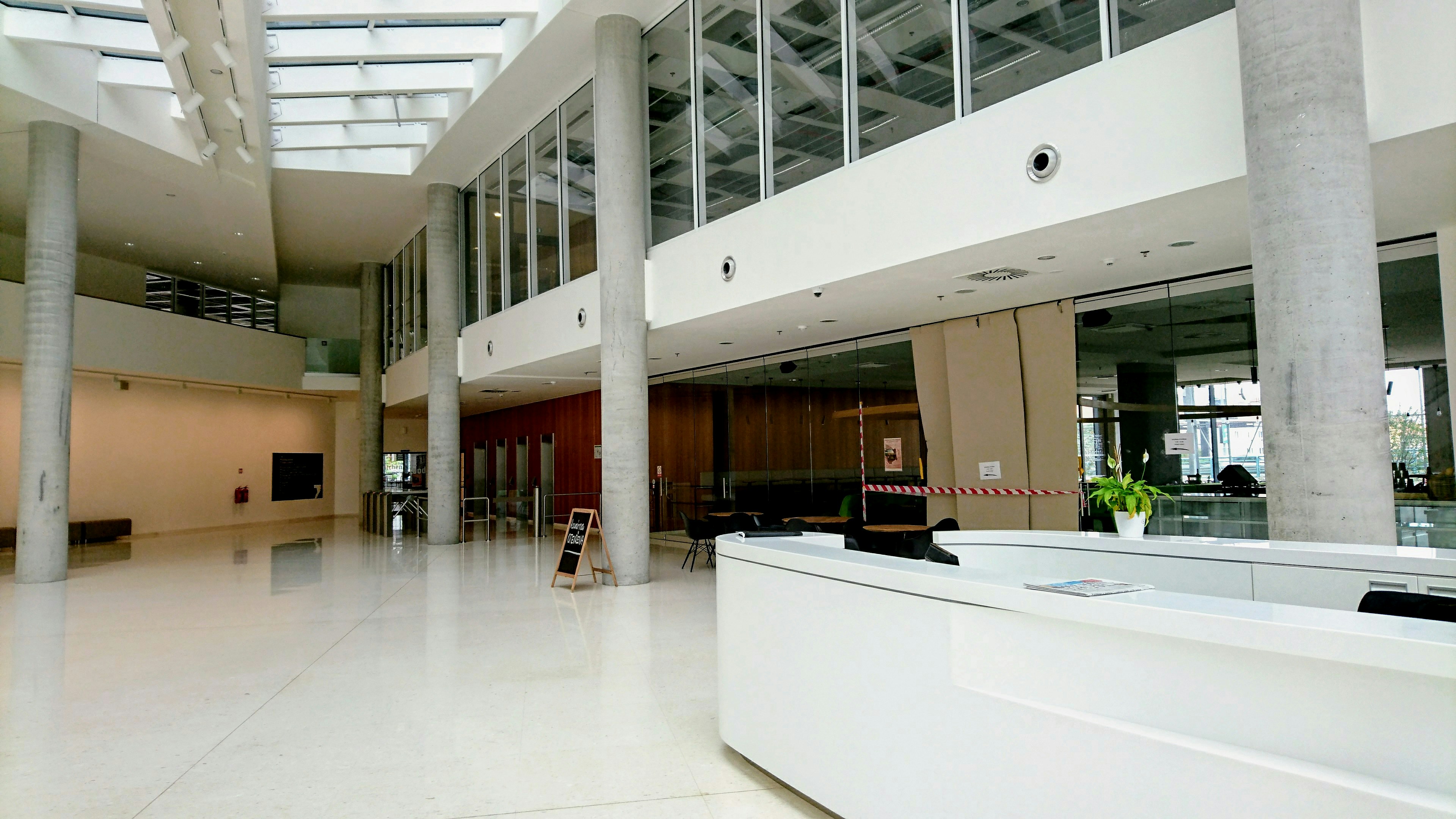眼科における黄斑硝子体牽引症候群の診察に関する会話例と英語フレーズ
**黄斑硝子体牽引症候群(Vitreomacular Traction Syndrome, VMT)**は、硝子体が黄斑に引っ張りをかけることで視力に影響を及ぼす病気です。通常、年齢とともに硝子体は自然に黄斑から離れますが、場合によっては正常に剥離せず、黄斑を引っ張ることで視力低下や歪んだ視界を引き起こします。早期診断と適切な治療が、視力を守るために重要です。
この記事では、黄斑硝子体牽引症候群に特有の事情にフォーカスし、診察時の会話例と関連する英語表現を紹介します。
患者の設定
- 名前: Mary Johnson(62歳、女性)
- 主な症状: 数ヶ月前から片方の目で物が歪んで見えるようになり、中心視力に問題があることに気づいた。
- 既往歴: 近視、糖尿病(2型)
- 生活習慣: 最近、視力の問題で読書や料理が難しくなり、特に細かい作業に苦労している。
1. 初診での問診と症状の確認
黄斑硝子体牽引症候群は、視力の中心部分に影響を及ぼし、ものが歪んで見える、あるいは中心がぼやけるといった症状が特徴です。患者の視覚的な変化や日常生活における影響を確認します。
会話例: 症状の確認
Doctor:
“Good afternoon, Mrs. Johnson. I understand you’ve been experiencing some issues with your vision. Can you tell me more about what you’ve noticed, particularly with your central vision?”
(こんにちは、ジョンソンさん。視力に関する問題があると伺いました。特に中心視力について、どのような変化に気づいているか教えてください。)
Patient:
“Yes, for the past few months, I’ve noticed that things in the center of my vision seem distorted, like they’re being pulled or stretched. It’s becoming harder to focus on details, especially when I’m reading or cooking.”
(はい、ここ数ヶ月で、視界の中心にあるものが引っ張られるように歪んで見えることに気づきました。特に読書や料理をする際に、細かいものに焦点を合わせるのが難しくなっています。)
Doctor:
“Have you noticed any blurriness or dark spots in your vision, or is the distortion the main problem?”
(視界にぼやけや暗い斑点が見えることはありますか?それとも歪みが主な問題ですか?)
Patient:
“The distortion is the biggest issue, but I’ve also noticed that my vision is a bit blurry in the center.”
(歪みが一番の問題ですが、視界の中心が少しぼやけていることにも気づいています。)
2. 既往歴とリスク要因の確認
黄斑硝子体牽引症候群は、加齢や近視、糖尿病などがリスク要因となります。患者の既往歴や生活習慣、視力への影響について話し合い、リスク要因を確認します。
会話例: 既往歴とリスク要因の確認
Doctor:
“Do you have a history of conditions like nearsightedness or diabetes? These can increase the risk of developing vitreomacular traction.”
(近視や糖尿病などの病歴はありますか?これらは黄斑硝子体牽引症候群のリスクを高めることがあります。)
Patient:
“Yes, I’ve been nearsighted for most of my life, and I was diagnosed with type 2 diabetes about five years ago.”
(はい、若い頃から近視があり、5年前に2型糖尿病の診断を受けました。)
Doctor:
“Nearsightedness and diabetes can both increase the risk of vitreomacular traction. We’ll need to monitor your eyes closely to assess the severity of your condition.”
(近視と糖尿病は黄斑硝子体牽引症候群のリスクを高めます。状態の重症度を確認するために、目を慎重に監視する必要があります。)
3. 診断と検査の説明
黄斑硝子体牽引症候群の診断には、**眼底検査(Fundus Examination)や光干渉断層計(Optical Coherence Tomography, OCT)**が行われます。これらの検査により、黄斑にかかる牽引の状態や、網膜の損傷を確認します。
会話例: 診断と検査の説明
Doctor:
“To determine if you have vitreomacular traction, we’ll perform a fundus examination and an OCT scan. These tests will allow us to see how much traction is affecting the macula and whether any damage has occurred.”
(黄斑硝子体牽引症候群かどうかを確認するために、眼底検査とOCTスキャンを行います。これにより、黄斑にどのくらいの牽引がかかっているか、損傷があるかどうかを確認できます。)
Patient:
“Are these tests uncomfortable?”
(これらの検査は不快ですか?)
Doctor:
“No, the tests are painless and non-invasive. They’ll give us a clear picture of what’s happening in your eye and help us decide on the best course of treatment.”
(いいえ、検査は無痛で非侵襲的です。これにより、目の中で何が起きているかを正確に把握し、最適な治療方法を決定するのに役立ちます。)
4. 治療法の説明
黄斑硝子体牽引症候群の治療には、経過観察が行われることもありますが、進行した場合や視力に深刻な影響がある場合は、**硝子体手術(Vitrectomy)**が行われます。この手術により硝子体を取り除き、黄斑への牽引を解消することが目的です。
会話例: 治療法の説明
Doctor:
“If we confirm that you have vitreomacular traction, treatment options depend on the severity. In mild cases, we might just monitor it closely, but if the traction is affecting your vision significantly, we may recommend a vitrectomy to relieve the tension on the macula.”
(黄斑硝子体牽引症候群が確認された場合、治療法は重症度によって異なります。軽度の場合は経過観察を行いますが、牽引が視力に大きく影響している場合は、黄斑への圧力を解消するために硝子体手術をお勧めすることがあります。)
Patient:
“How successful is the surgery? Will it restore my vision?”
(手術の成功率はどのくらいですか?視力は回復しますか?)
Doctor:
“Vitrectomy is generally very successful in relieving the traction and preventing further damage to the macula. Many patients see an improvement in their vision, but it may not restore your vision completely. Early treatment can lead to better outcomes.”
(硝子体手術は、牽引を解消し、黄斑へのさらなる損傷を防ぐのに非常に成功率が高いです。多くの患者は視力の改善を経験しますが、完全に視力を回復させるわけではありません。早期治療がより良い結果をもたらします。)
5. 生活習慣の改善と予防策
黄斑硝子体牽引症候群の進行を抑えるためには、生活習慣の改善が重要です。特に糖尿病や高血圧などの基礎疾患の管理が視力保護に役立ちます。患者に対して、日常生活での注意点やリスク要因の管理について説明します。
会話例: 生活習慣の改善と予防策
Doctor:
“To help prevent further damage or complications, it’s important to manage your diabetes and maintain healthy blood pressure levels. A balanced diet, regular exercise, and avoiding smoking can all help protect your vision.”
(さらなる損傷や合併症を防ぐために、糖尿病を管理し、血圧を健康的なレベルに保つことが重要です。バランスの取れた食事、定期的な運動、禁煙が視力保護に役立ちます。)
Patient:
“I’ve been working on controlling my diabetes, but I know I need to be more consistent with my diet and exercise.”
(糖尿病の管理に取り組んでいますが、もっと食事や運動に気を配る必要があると感じています。)
Doctor:
“That’s a great start. Regular follow-ups and healthy lifestyle changes can help protect your vision and slow the progression of vitreomacular traction.”
(それは良いスタートです。定期的なフォローアップと健康的な生活習慣の改善が、視力を守り、黄斑硝子体牽引症候群の進行を遅らせる助けになります。)
6. フォローアップと長期的なケア
黄斑硝子体牽引症候群の治療後や経過観察中には、定期的なフォローアップが重要です。治療後の視力の状態を確認し、再発を防ぐために患者に長期的なケアの重要性を説明します。
会話例: フォローアップと長期的なケア
Doctor:
“We’ll schedule regular follow-up appointments to monitor the progression of your vitreomacular traction and check if your vision is improving. It’s important to attend these appointments and keep us updated on any changes in your vision.”
(黄斑硝子体牽引症候群の進行状況を監視し、視力の改善があるかどうか確認するために、定期的なフォローアップを予定します。これらの診察にきちんと出席し、視力の変化をお知らせください。)
Patient:
“I’ll make sure to come in for my follow-ups and keep an eye on any changes in my vision.”
(フォローアップ診察にしっかり来て、視力の変化を注意深く確認します。)
Doctor:
“That’s the right approach. Regular monitoring and early intervention can help preserve your vision and prevent further complications.”
(それが正しいアプローチです。定期的な監視と早期介入が視力を守り、さらなる合併症を防ぐ助けになります。)
学習ポイント
- 症状の確認: 黄斑硝子体牽引症候群に関連する中心視力の歪みやぼやけについて確認するフレーズを学びます。
例: “Have you noticed any distortion or blurriness in the center of your vision?”(視界の中心に歪みやぼやけを感じましたか?) - 治療法の説明: 黄斑硝子体牽引症候群に対する硝子体手術や経過観察の選択肢について学びます。
例: “A vitrectomy can help relieve the tension on the macula and improve your vision.”(硝子体手術は、黄斑への牽引を解消し、視力を改善する助けになります。) - 生活習慣の改善: 糖尿病や高血圧の管理が黄斑硝子体牽引症候群の進行を遅らせるために重要であることを学びます。
例: “Managing your diabetes and blood pressure is crucial to slowing the progression of vitreomacular traction.”(糖尿病と血圧を管理することが、黄斑硝子体牽引症候群の進行を遅らせるために重要です。)


